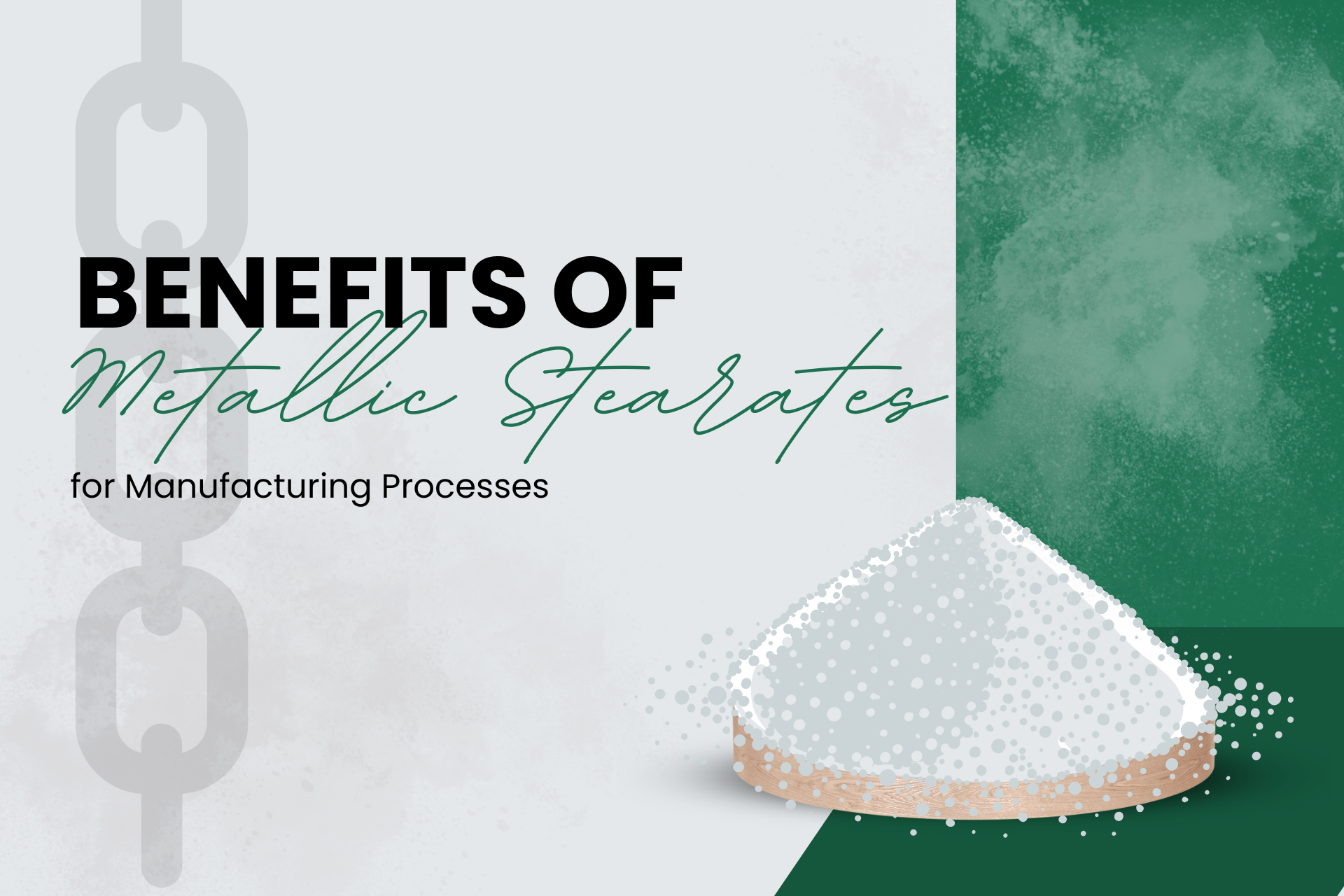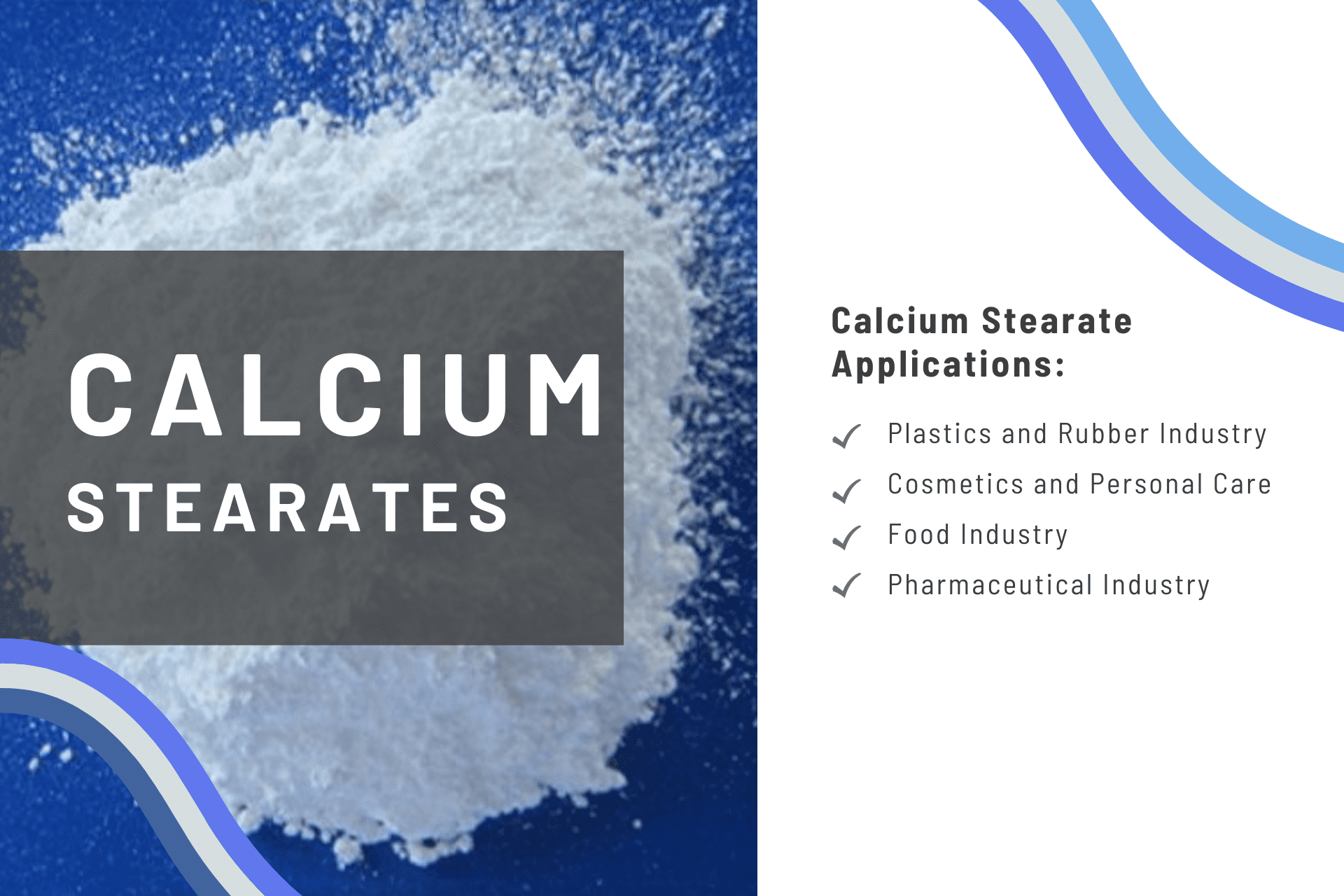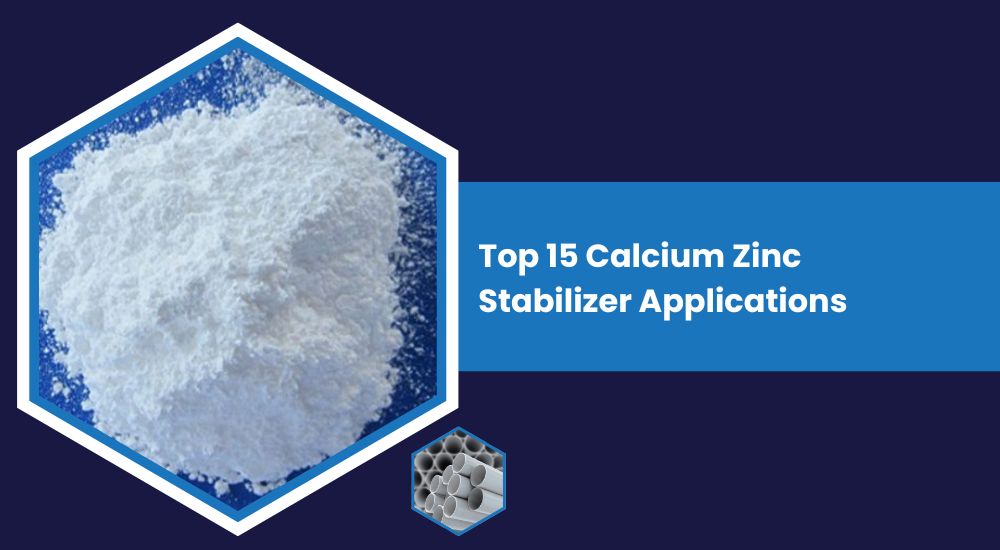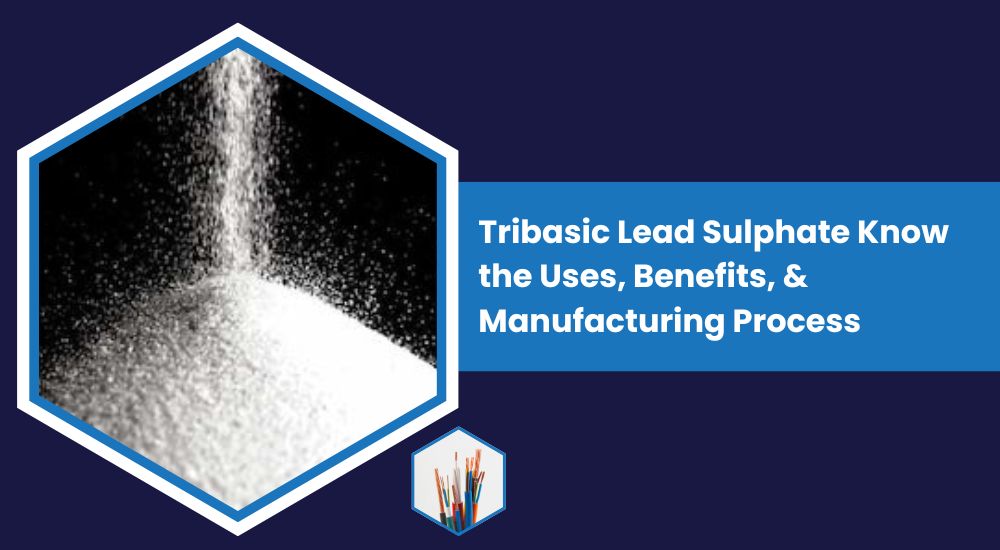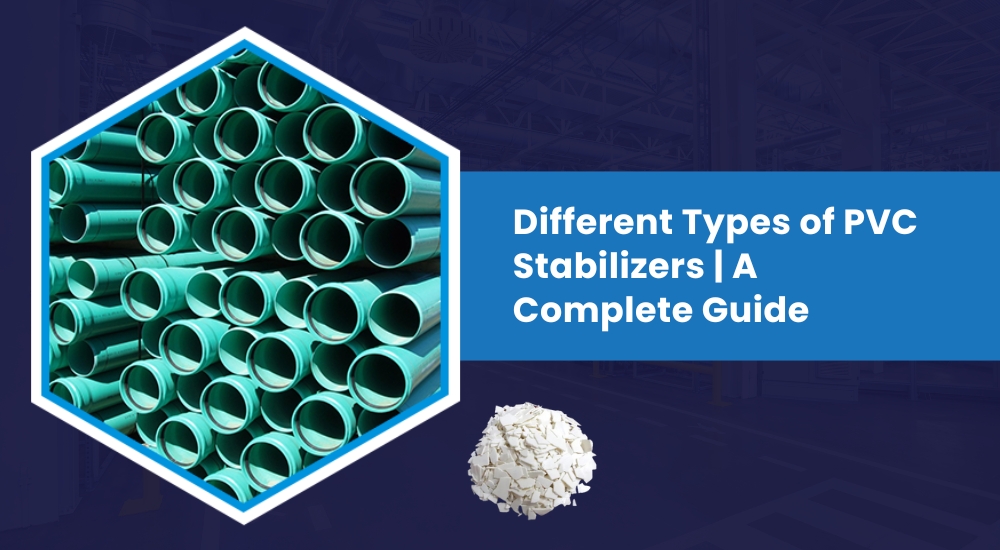
PVC, or Polyvinyl Chloride, is the most popular plastic used worldwide. Companies use it in various ways. You’ll find it in pipes, flooring, roofing, vehicles, credit cards, and toys. Unfortunately, unmodified PVC alone is not very resilient. Over time, under the influence of heat, sun, or other elements, it can degrade. To solve these problems, we add PVC stabilizers. They make the material durable and long-lasting.
This blog will explain the varieties of PVC stabilizers and their uses. If you want to know how these stabilizers support your PVC products, you have come to the right place. We’ll look at PVC stabilizer makers in India. We’ll also discuss common uses for PVC stabilizers.
What is a PVC Stabilizer?
Stabilizers are substances added to PVC products for protection against degradation. PVC materials can face high temperatures during processing or use. Without protection, the plastic could become brittle and weak. The stabilizer prevents degradation. This keeps the material strong and durable for a long time.
There are several types of PVC stabilizers, each with its unique characteristics. Let's break down the main types:
6 Different Types of PVC Stabilizers
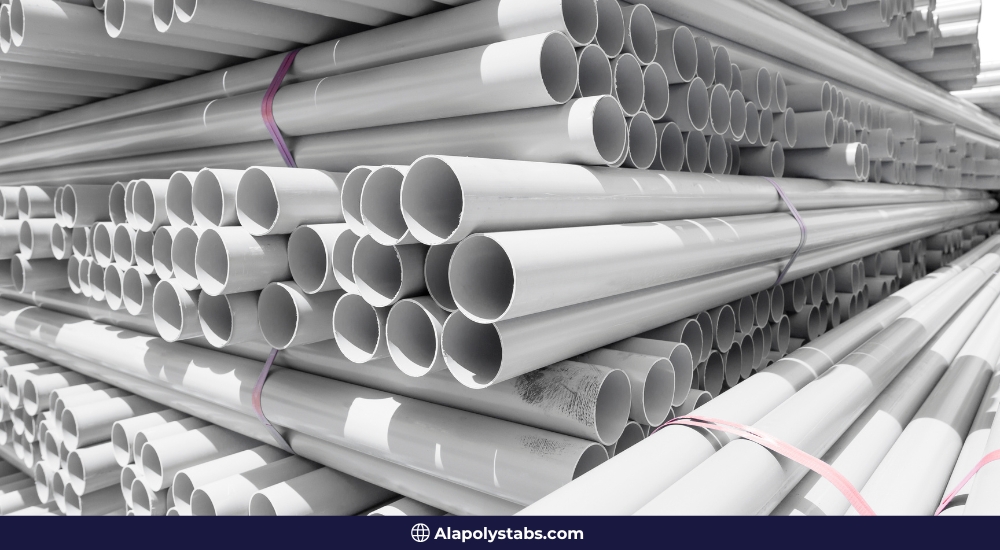
1. Calcium-Zinc Stabilizers
Calcium-zinc systems represent a non-toxic alternative to lead-based systems. Being environmentally acceptable is an accepted feature of these stabilizers. They protect PVC from degradation by the use of calcium and zinc compounds. Calcium-zinc stabilizers are used in flooring, wiring, and packaging. Safety and environmental concerns are very important in these areas.
One big advantage is that they are non-toxic. This makes them ideal for PVC stabilizer applications and safe for food-contact products. They are also suitable for items used by children or pets. They are popular with many PVC stabilizer makers in India. They help create safer, greener products.
2. Lead-Based Stabilizers
Lead-based stabilizers are the common type of PVC stabilizer which is used in many industrial products. This stabilizer is very harmful to health. That’s why the of this stabilizer decreased from the past year. Still, it is used in only some industries because of its cheap price and strong heat stability.
Workers use lead-based stabilizers in challenging areas like construction materials and electrical cables. PVC stabilizer manufacturers must find safer alternatives. This is mainly because regulations on lead in consumer products are becoming stricter.
3. Barium-Cadmium Stabilizers
Car-metal stabilizers were types of PVC stabilizers. They were used mainly before better, eco-friendly options became available. They unmatched PVC against heat and UV light. The use of these stabilizers has dropped in recent years, mainly because cadmium is toxic.
Barium-cadmium stabilizers are still being used for certain applications. But now, these are being swapped for safer, nontoxic options like calcium-zinc stabilizers. PVC stabilizer manufacturers in India are shifting to safer options. This change comes from a growing demand for safer materials.
4. Organotin Stabilizers
Organotin stabilizers are another popular type of stabilizer in the PVC industry. They stabilize PVC from heat and UV damage. So, you often find them in window profiles, pipes, and flooring. Organotin stabilizers work well, but they can be pricier than others.
These stabilizers are used where high-performance PVC is required. They boost the durability and appearance of PVC products. This helps when the products are in sunlight or tough conditions.
5. Epoxy Stabilizers
Epoxy stabilizers improve PVC performance when combined with other stabilizers. These stabilizers stop oxidation in PVC when it faces heat or sunlight. High-performance PVC is used in many industries, including automotive and construction.
These stabilizers improve PVC's mechanical properties. They boost its impact strength and flexibility. They are used in areas that need strong and flexible materials. This includes automotive parts, flooring, and roofing.
6. Phosphate Stabilizers
Phosphate stabilizers are another type of stabilizer for PVC. They are mainly used in high-temperature applications. These stabilizers can be used with other stabilizers. This combination helps improve the material's stability.
Phosphate stabilizers work well in hot conditions. They help protect PVC from degrading. Hence, they are mostly used for high-temperature exposure applications.
These stabilizers are now used in many industries. You can find them in electrical cables, automotive parts, and medical devices. Heat resistance is very important in these areas. They also improve the long-term durability of the PVC products.
Conclusion
PVC stabilizers are important in many industries a it use in the production of PVC products. The PVC helps protect the products from heat and UV rays. It is also an eco-friendly product. It makes sure that every product which is made by it is safe and durable. The stabilizer plays the most essential role in the integrity of the water.
PVC stabilizer makers in India are working to be more eco-friendly. We expect a shift to non-toxic and safer options for the environment. For those in the construction, auto, and medical fields, understanding PVC stabilizers is crucial. This helps them choose the right stabilizer for their needs. Understanding their applications and uses is also important.
Frequently Asked Questions
Are there eco-friendly PVC stabilizers available?
Eco-friendly options, like calcium-zinc stabilizers, are becoming popular. They are non-toxic and safe for the environment. This makes them a top choice for many manufacturers and industries.
Can PVC stabilizers be used in all types of PVC products?
Yes, you can use PVC stabilizers in many products. These include pipes, flooring, electrical cables, and medical devices. The type of stabilizer may vary based on the product’s use and how durable it needs to be.
Why are calcium-zinc stabilizers preferred over lead-based ones?
Calcium-zinc stabilizers are better choices. They are non-toxic and good for the environment. Lead-based stabilizers can harm health. They are used more frequently because of growing environmental awareness and regulations.
What happens if PVC products don’t use stabilizers?
Without stabilizers, PVC products can get brittle, discolored, and weak over time. This is especially true when they are exposed to heat and UV light. Stabilizers help ensure the long-term durability and functionality of PVC materials.
